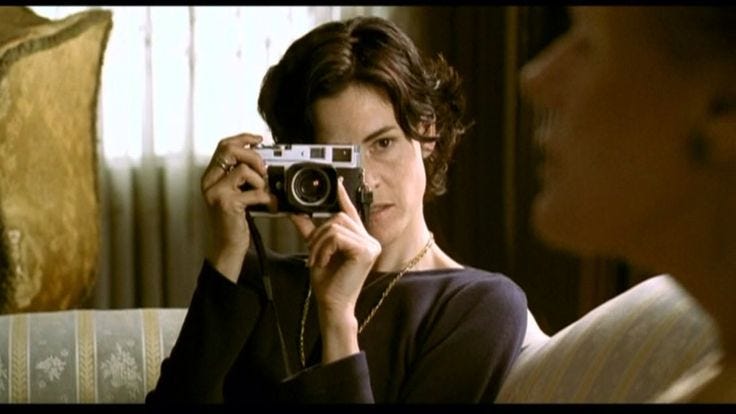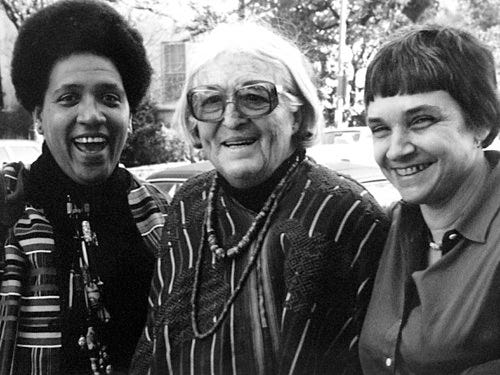Who Does AI Think We Are?
A reading of an AI generated image that tells us something about the representation of lesbian desire, and of the gender of wealth.
I recently published a piece on Adrienne Rich’s iconic essay "Compulsory Heterosexuality and Lesbian Existence." Feeling a bit cheeky, I titled it “Rich Lesbians.” Tooling around for an image, I got curious about what AI would come up with if i gave it the title, and this is one of the images it spat out. It is the image I liked the best.
As one of my frens here pointed out1, the markers for being “rich” read as masculine. We are in a darkly decorated study, with its brown couch, dark wood and book shelves lines with what look to be some serious tomes. There a chess board with some pieces palyed in the foreground, and a couple glasses of red wine. The lighting itself is masculine, which means that it comes in from the side and creates horizontal shadows. We can feel there is a window to the back of one woman on the left hand side of the image that lights up her partner’s face, a lamp in the background, and the room effective glows with soft, masculine light.
That made me curious to know if this is a convention of some sort, the representation of lesbian couples in a masculinized setting. I don’t know, but here is a still from Bound, you can see the same masculine lighting and dark palette.
But what I found immediately interesting was the use of race to re-code gender difference. The light skinned red-head with long hair pulled back at the nape of her head is coded as feminine, while the dark skinned woman, in a stunning white suit that throws this into start relief, with shorter hair is coded as masculine in relation.
At the same time, the tenderness of the gesture, the one woman leaning in to touch the face of the other woman, flips this priority. It is the light-skinned woman in the green dress that makes the first move. It calls attention to her large hands.
Would it be too much to say that in a word of images ordered through the male gaze, representations of women’s desires are, well, trouble? That they cause confusion?
Yes, that is probably going too far.








